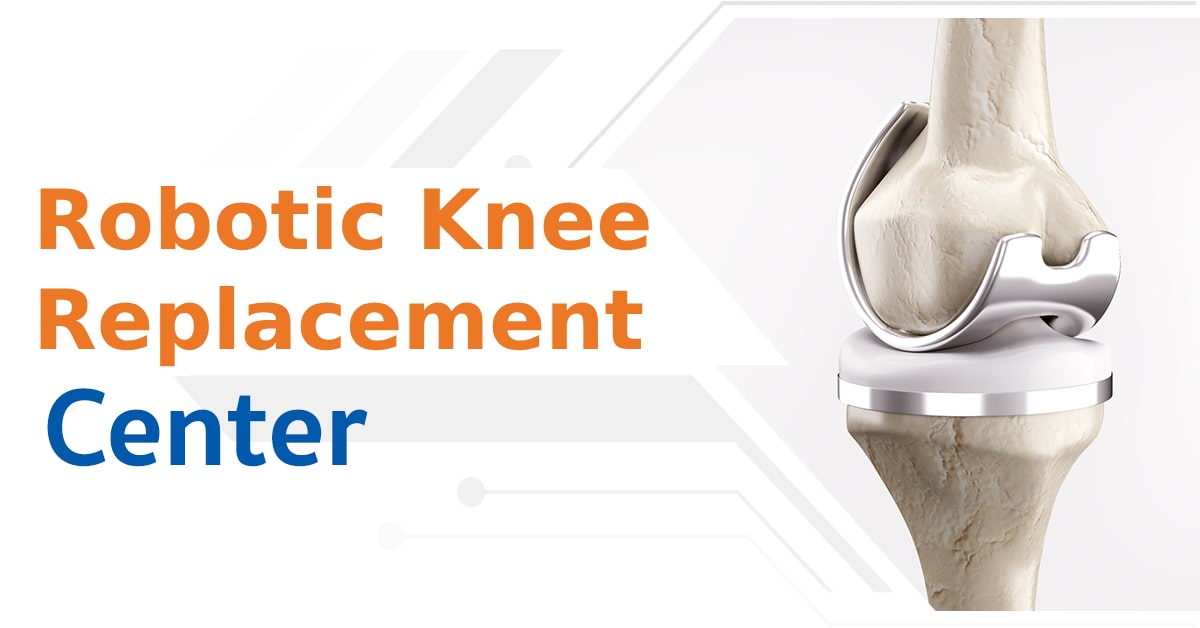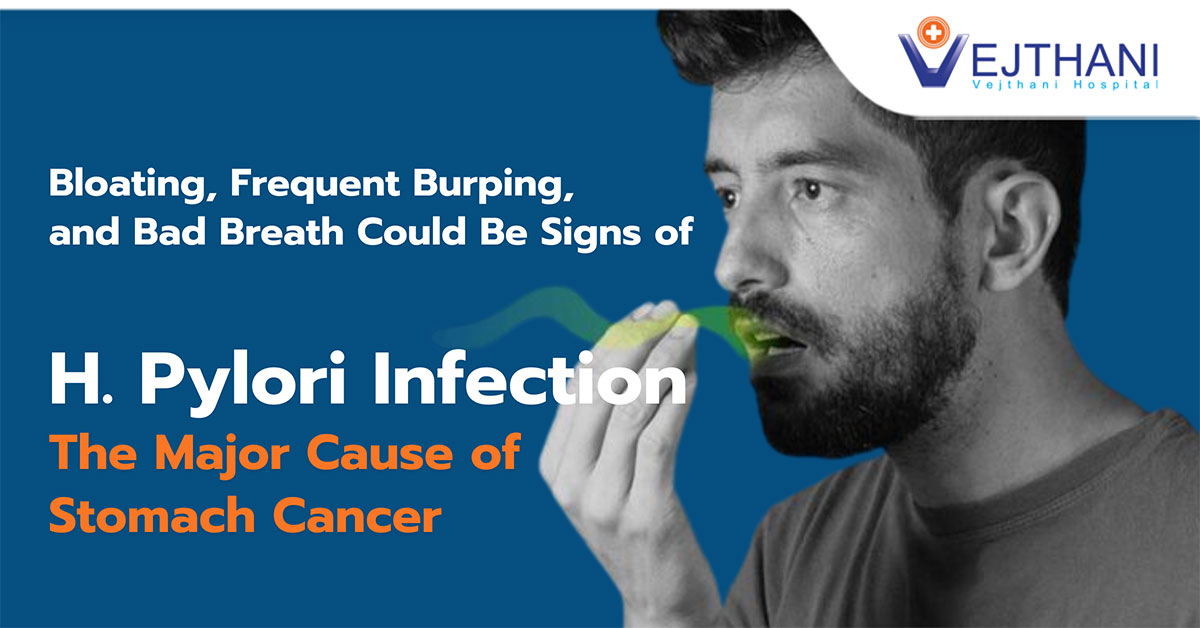
Pancreatic cysts
Overview
Pancreatic cysts are fluid-filled closed cavity that develops within the pancreas. The pancreas an organ located below the liver, between the stomach and the spine. The pancreas produces digesting enzymes and hormones that play a role in the regulation of blood glucose control. It also generates bicarbonates, which counteract stomach acids.
Most pancreatic cysts are benign. However, it can potentially develop into pancreatic cancer. The cysts can be classified into two types: nonneoplastic cysts and neoplastic cysts. There are many other types of cysts in each subtype, such as pseudocysts, serous cystadenomas, and mucinous cystic neoplasms.
Pancreatic cysts can be asymptomatic. It is often discovered through imaging tests for another condition. Most pancreatic cysts will resolve on its own. However, the doctor may advise to closely monitor the cyst for further developments that could suggest cancer. A sample of the pancreatic cyst fluid may be collected to evaluate for presence of cancerous cell.
Symptoms
The symptoms of pancreatic cysts can vary from having none to moderate or severe. Symptoms may appear days to months after a pancreatitis attack. It often includes:
- Constant stomach pain that spreads to the back
- Unexplained weight loss
- Immediate feeling of fullness after starting to eat
- Vomiting and nausea
- Abdominal bloating
If a person persistently experiences these signs and symptoms, it is recommended to consult a healthcare professional for proper diagnosis and management. Although rare, a cyst can rupture and cause infection in the abdominal cavity. Seek immediate medical care in cases where signs of infection such as fever and prolonged abdominal pain is felt.
Causes
Pancreatic cysts can be classified into many categories. However, most of it has unknown cause. A type of cyst, known as pancreatic pseudocyst, originates within a hollow or gap within the pancreas and is covered by fibrous tissue. Inflammatory pancreatic fluid, especially the digesting enzyme amylase, or semisolid debris are present in pancreatic pseudocysts. Pseudocysts can be caused by a painful condition or abdominal trauma, such as a vehicle accident. Pancreatic pseudocysts are benign.
Certain rare disorders, such as von Hippel-Lindau and polycystic kidney disease, can cause pancreatic cysts. Von Hippel-Lindau disease is a rare genetic disorder that causes tumors to grow in different parts of the body, including the pancreas.
Risk factors
Pancreatic pseudocysts are a common complication of acute or chronic pancreatitis. Pancreatitis is an inflammation of the pancreas. It is caused by excessive alcohol consumption and gallstones. Having pancreatitis generally increases one’s risk of developing pancreatic cysts. Pseudocysts can also be caused by abdominal injuries.




















